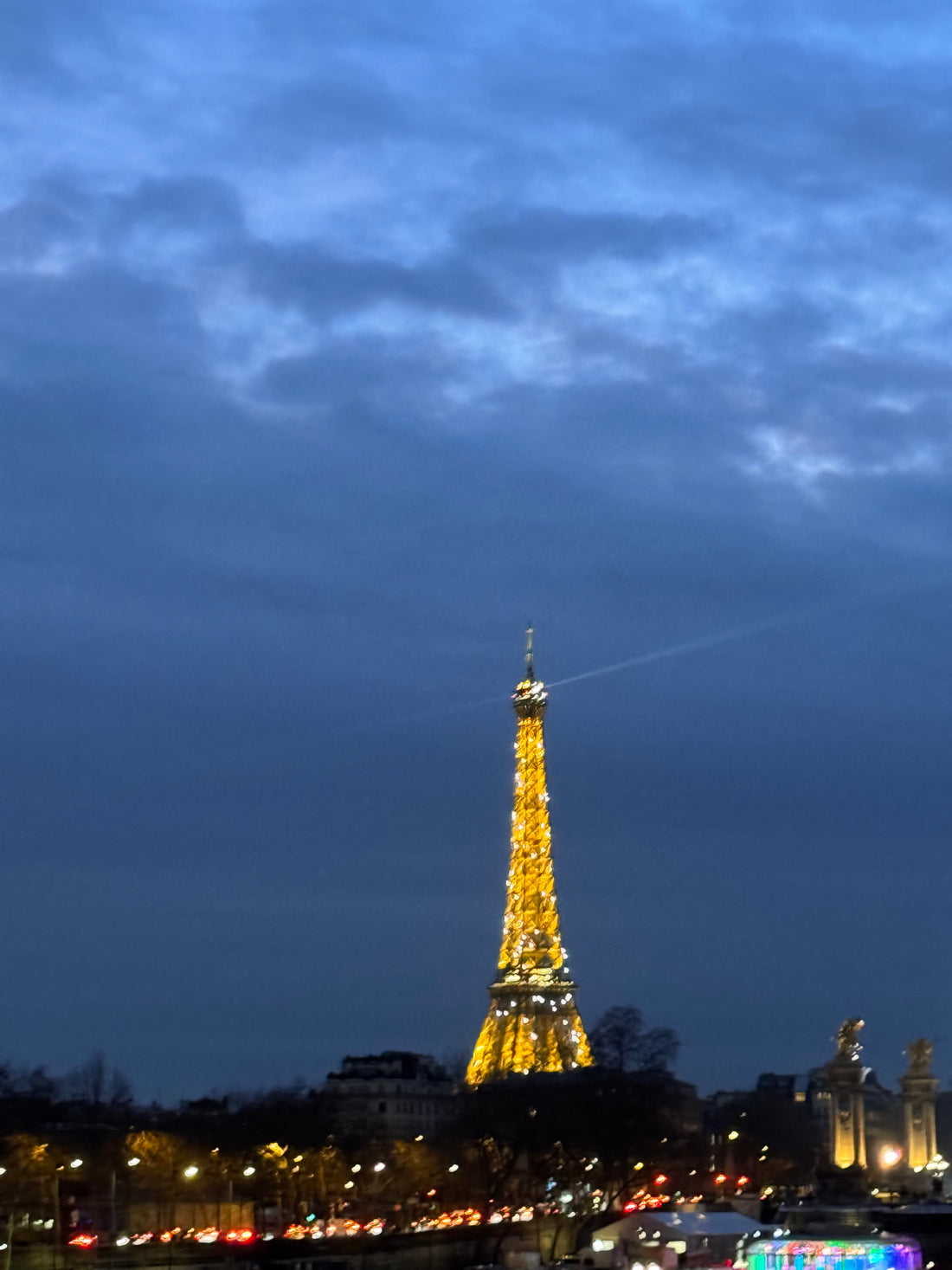
That's Haute
Share
Haute couture: French translated meaning "High sewing" or "High dressmaking", is the creation of exclusive, custom-made garments by skilled artisans.
Haute Couture is the epitome of luxury and craftsmanship in the fashion industry. Over the years, haute couture has evolved significantly, reflecting those changes in society, technology, and artistic expression. Let's dive into the fascinating journey of haute couture and explore its transformation from the beginning.
The Origin of Haute Couture
The roots of haute couture can be traced all the way back to the mid-19th century in Paris, France. Charles Frederick Worth, an English fashion designer, is often credited as the "father of haute couture." He established the first haute couture house in Paris in 1858, introducing the concept of presenting seasonal collections to clients. Worth's designs were characterized by their exquisite craftsmanship, attention to detail, and use of luxurious fabrics. Much of how we judge today's designs in haute couture.
20th Century Haute Couture Evolution
In the early 20th century, the influence of haute couture expanded beyond Paris and reached other fashion capitals such as London, Milan, and New York. Designers like Coco Chanel, Christian Dior, and Yves Saint Laurent revolutionized the industry with their innovative designs and unique visions.
Chanel, known for her timeless elegance, introduced comfortable and practical clothing for women, liberating them from the constraints of corsets and excessive ornamentation from that time. Dior, on the other hand, embraced a more extravagant and feminine aesthetic, popularizing the iconic "New Look" silhouette in 1947. Saint Laurent challenged traditional gender norms by introducing the concept of androgynous fashion. All of these new aged introductions have now bled into the modern day look of haute couture.
Modern Haute Couture
In recent decades, haute couture has faced challenges due to changing consumer demands and the rise of ready-to-wear fashion. However, it has managed to adapt and maintain its relevance in the industry.
Today, haute couture is not just about creating one-of-a-kind garments; it is a symbol of artistry, creativity, and craftsmanship. Designers push the boundaries of fashion, experimenting with unconventional materials, innovative techniques, and avant-garde designs. Haute couture shows have become extravagant spectacles, showcasing the fusion of fashion and art. Take Peet Dullaert for example, the George Condo like abstractness from the Dutch designer presented an edge on the concept of curviness. His playfulness with jewel proportions and abstract clothing angles made for a hint into the future of haute couture as we know it.
Haute Couture Relevancy
Despite its exclusivity and limited clientele, haute couture continues to play a vital role in the fashion industry. It serves as a source of inspiration for ready-to-wear collections, influencing trends and design aesthetics. The meticulous craftsmanship and attention to detail in haute couture garments set the standard for quality and excellence.
Moreover, haute couture represents the pinnacle of luxury and prestige. It caters to a discerning clientele who value individuality, exclusivity, and the highest level of craftsmanship. Owning a piece of haute couture is like owning a work of art, a symbol of status and refined taste.
Haute couture has come a long way since its inception in the 19th century. It has evolved from a small Parisian house to a global phenomenon, influencing fashion trends and captivating the imagination of fashion enthusiasts worldwide. The future of haute couture holds endless possibilities, as designers continue to push boundaries and redefine the art of dressmaking.
Stay Saucy,
Saucemeup
